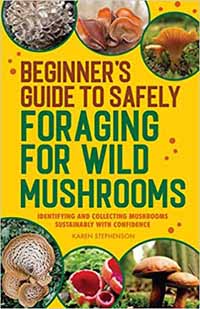

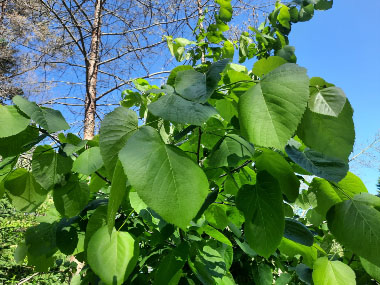
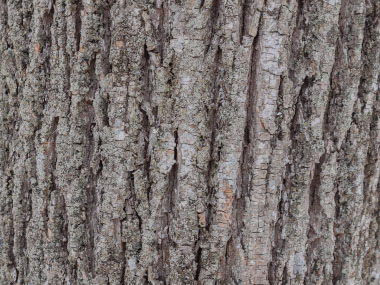
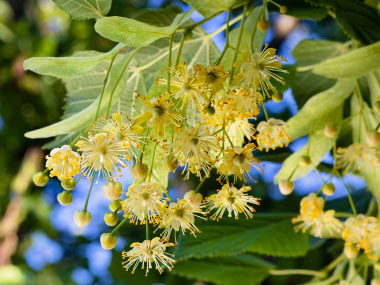
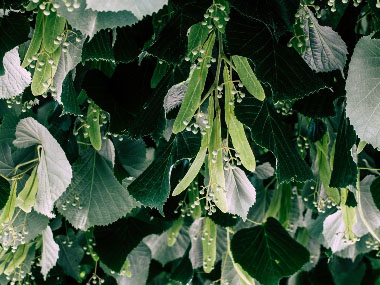
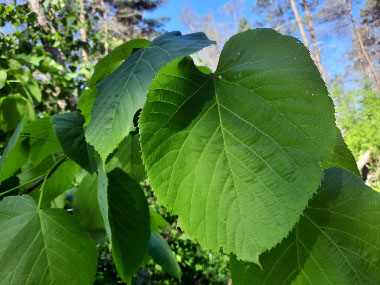
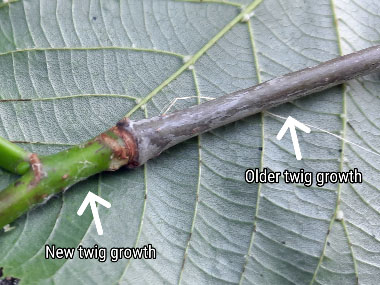
To support our efforts please browse our store (books with medicinal info, etc.).
American linden (also known as American basswood) is a tall, native, deciduous tree in the mallow family (Malvaceae). It is a soft, light wood and making it valued for hand carving. Leaves contain tannins, phenolic acids (providing medicinal value) and volatile oils which provide the pleasant taste and fragrance of linden flowers. Linden leaves also contain mucilaginous constituents which help soothe and reduce inflammation, making them useful for treating sore throats and coughs. Interestingly, the long fibers of the inner bark were utilized by Native Americans to make strong rope.
Trunk/Bark
Branches are brownish, to slightly grey. Twigs have a noticeable zigzag appearance.
Branches/Twigs
Branches are brownish, to slightly grey. Twigs have a noticeable zigzag appearance.
Height
Mature heights range from 23 to 40 meters, (75 to 130') with diameter ranges from 100 to 125cm (36 to 48".
Leaves/Needles
Linden leaves have rounded bases that are asymmetrical on either side of the petiole. The leaf blade is simple and the margins are toothed. There is one leaf per node along the stem. Mature leaves can range in length from 7 to 20 cm (3 to 8"). Leaves typically drop off in late autumn but some leaves may wither and persist on the tree.
Flowers
Fragrant yellow flowers hang from the centre of a leaf-like structure.
Fruit
The fruit is round, greyish, and brown. When the fruit falls, the bract acts like a helicopter wing and carries the seeds away.
Habitat
This tree can be found from central to eastern North America. It thrives in moist, rich, well-drained soils within forests, woodlands, and open areas. It prefers moderately moist conditions and can be found in diverse habitats, including floodplains, rocky slopes, and forests.
Edible Parts
Leaves and flowers are edible. Toss flowers into a salad or make a nourishing tea. Flowers were historically used to soothe nerves and treat health problems associated with anxiety. Flowers contain a lot of flavonoids (antioxidants). Its leaves are rich in essential nutrients such as Omega-3, calcium, potassium, magnesium and nitrogen. The sap of the basswood tree contains a high sugar content and can be used as a beverage on its own or boiled down to make a syrup.
Other Name
American Basswood.
Recipes
Winter Survival Food Handbook

PDF Plant Magazines
Types of Wild Food
Geographic Zones Seasons
Disclaimer
EdibleWildFood.com is informational in nature. While we strive to be 100% accurate, it is solely up to the reader to ensure proper plant identification. Some wild plants are poisonous or can have serious adverse health effects.
We are not health professionals, medical doctors, nor are we nutritionists. It is up to the reader to verify nutritional information and health benefits with qualified professionals for all edible plants listed in this web site. Please click here for more information.
Why Edible Wild Food?
- Food costs are rising
- Free, wild food is readily abundant
- Wild food adds nutrition to your diet
- Wild food can help treat various medical conditions





